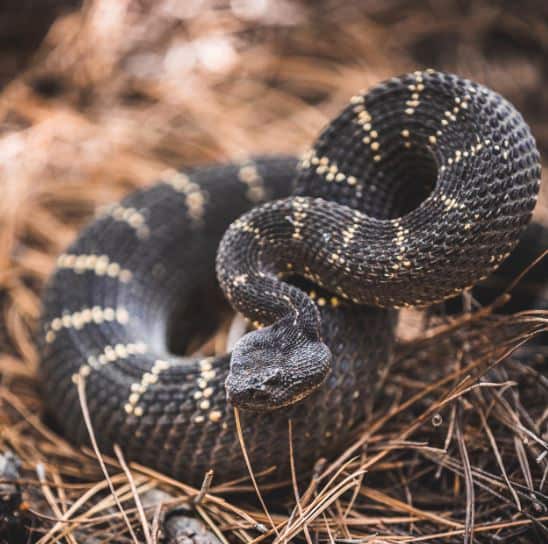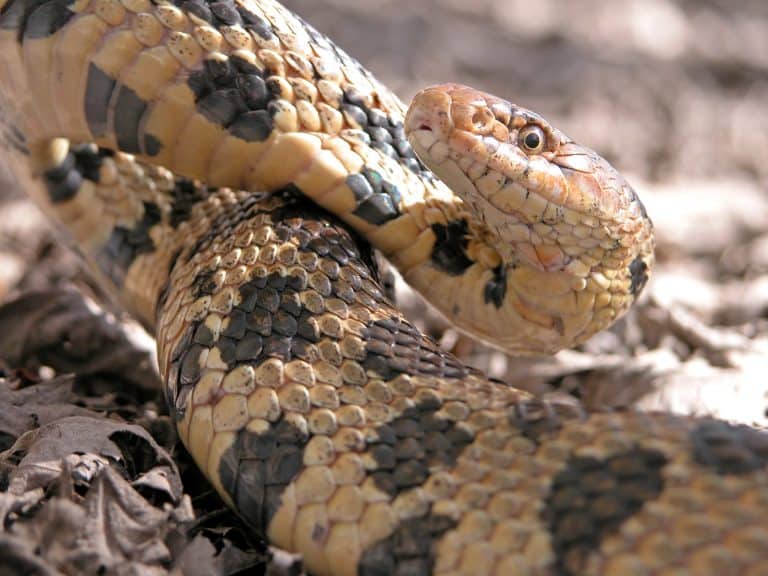The Rising Fascination with Exotic Pets
Ever scrolled through social media and seen someone casually holding a rattlesnake? Exotic pets have become quite the trend. From brightly colored frogs to giant pythons, people are drawn to creatures that stand out. But does “unique” always equal “good idea”? Not necessarily.
Why Rattlesnakes Spark Curiosity
Rattlesnakes are fascinating. The rattle’s chilling buzz, their cryptic camouflage, and their reputation as powerful predators captivate many. But before you imagine yourself as the next wildlife wrangler, it’s crucial to weigh the risks. Let’s dig into why rattlesnakes might be better admired from afar.
Understanding Rattlesnakes
A Brief Overview of Rattlesnake Species
There are over 30 species of rattlesnakes across North and South America. From the hefty Eastern Diamondback to the small but mighty Pygmy rattlesnake, each species has its quirks. But one thing unites them all: that iconic rattle.
Natural Behavior and Habitat
Rattlesnakes thrive in deserts, grasslands, forests, and rocky slopes. They’re ambush predators, relying on camouflage and patience. In captivity, replicating this environment is no small feat.
Venomous Nature Explained
Here’s the kicker: rattlesnakes are venomous. Their venom breaks down tissue and disrupts blood clotting, sometimes causing permanent damage—or worse. Even if bites are rarely fatal with prompt medical care, the consequences are severe.

The Legal Landscape
Laws and Regulations in the United States
Think you can stroll into a pet shop and pick up a rattlesnake? Not so fast. Many states have strict laws against owning venomous reptiles. Some outright ban it; others require hefty permits and inspections.
International Restrictions
Outside the U.S., countries vary widely. Some nations ban venomous reptiles altogether, while others allow ownership under stringent conditions.
Permits and Licensing
Even if it’s legal where you live, you’ll likely need permits. This isn’t a simple paperwork shuffle—it can involve inspections, safety plans, and proof of experience.
Health and Safety Risks
Venomous Bites: How Dangerous Are They?
A rattlesnake bite isn’t a small scratch—it’s a medical emergency. You could face swelling, tissue destruction, intense pain, and potential loss of limbs. Not exactly the bonding experience you’d want with a pet.
Allergic Reactions and Medical Costs
Some people develop severe allergic reactions to venom or antivenom. And let’s talk money: a single bite treatment can rack up tens of thousands of dollars in medical bills.
Risk to Household Members and Visitors
Even if you’re careful, accidents happen. Children, curious guests, or even pets could fall victim to a rattlesnake’s strike. Is it worth the gamble?

Husbandry Challenges
Housing Requirements
Forget a basic glass tank. Rattlesnakes need secure, escape-proof enclosures with regulated heat, humidity, and hiding spots. One mistake could mean a loose rattler in your home.
Feeding Routines and Challenges
Rattlesnakes eat live or pre-killed rodents. Not everyone’s comfortable feeding dead mice weekly—or storing them in their freezer!
Handling Precautions
Handling a rattlesnake is dangerous. Even professionals use specialized tools like hooks and tongs. This is not a pet you’ll be cuddling on the couch.
Cost Considerations
Initial Purchase Price
Exotic breeders might charge anywhere from $100 to $1,000+ for a rattlesnake, depending on species and rarity.
Ongoing Maintenance Expenses
Factor in heat lamps, humidity controls, secure tanks, food, and medical care. These costs add up quickly.
Unexpected Vet Bills
Venomous reptile vets are rare—and expensive. A minor health issue could mean hundreds or thousands in treatment.

Ethical Considerations
Impact on Wildlife Conservation
Capturing rattlesnakes from the wild disrupts ecosystems and harms local populations. Even captive-bred snakes can feed into an exotic pet trade that’s damaging globally.
Stress and Welfare Concerns
Rattlesnakes don’t crave human interaction. In captivity, they may become stressed, refuse food, or even injure themselves.
Are Rattlesnakes Meant for Captivity?
These animals evolved to roam deserts and forests, not glass boxes. Owning one often goes against its natural instincts.
Alternatives to Keeping Rattlesnakes
Other Reptiles as Pets
Consider non-venomous reptiles like corn snakes, ball pythons, or leopard geckos. They’re fascinating, safe, and far easier to care for.
Virtual Wildlife Experiences
Love rattlesnakes? Watch documentaries, visit wildlife centers, or follow herpetologists online. You’ll learn plenty—without risking your fingers!
Supporting Conservation Efforts
Channel your passion into supporting organizations that protect rattlesnakes and their habitats. That’s a hobby you—and the snakes—can feel good about.
Conclusion
Rattlesnakes are stunning creatures, full of mystery and power. But keeping one as a pet isn’t just an adventurous choice—it’s a dangerous, expensive, and ethically fraught endeavor. From legal hurdles to safety risks and animal welfare issues, there’s a lot to think about. So, if you’re tempted to bring a rattlesnake into your living room, remember: sometimes admiration is best done from a safe distance.
FAQs
Can a rattlesnake be tamed?
Not really. Rattlesnakes don’t “tame” like dogs or cats. They remain defensive and potentially dangerous.
How long do rattlesnakes live in captivity?
Many species can live 10-20 years with proper care—but that’s a long commitment for a dangerous pet.
Is rattlesnake venom always fatal?
No, but untreated bites can be life-threatening. Even with treatment, bites can cause permanent damage.
Are there any non-venomous snakes similar to rattlesnakes?
Yes! Some harmless snakes, like bullsnakes, mimic rattlesnake behavior by shaking their tails and hissing.
What should I do if bitten by a rattlesnake?
Seek emergency medical help immediately. Don’t try to suck out venom or use a tourniquet—those old myths can do more harm than good.



